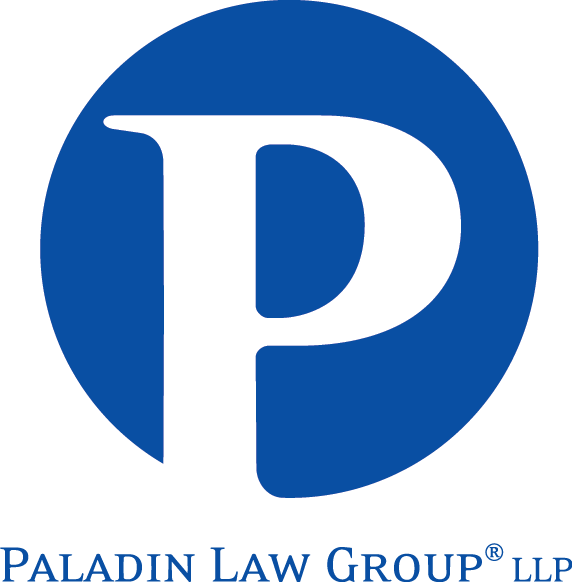Pollution spikes despite years of cleanup
- October 5, 2010
- Paladin Law Group® LLP
- News
- 0 Comments
by Sue Dremann, Palo Alto Online
Despite nearly three decades of clean-up efforts at a central Palo Alto Superfund site, groundwater contamination from a leaky underground chemical tank has dramatically concentrated in some small areas, according to a new water-quality report.
None of the contamination is threatening homes but it is causing some concern about vapors penetrating commercial buildings.
Underground contamination from the “Hewlett-Packard 620-640 Page Mill Road Superfund Site” has increased in some areas, according to a five-year review released Sept. 30 by the California Regional Water Quality Control Board San Francisco Bay Region. It is the third five-year study.
Inspectors have noted a slow decrease in contamination in many areas, but dramatic rises in some areas, the report states.
The contaminated plume emanates from the former HP site and combines with contamination from two other locations: the former Varian Medical Systems, Inc., facility at 601 California Ave. and the former HP facility at 395 Page Mill Road.
The plume, which contains heavy metals and toxic chemicals known as volatile organic compounds (VOCs), has affected groundwater under parts of Stanford Research Park, the Palo Alto Mayfield soccer complex, Palo Alto Square, Fry’s Electronics and the Palo Alto Courthouse, among numerous other businesses.
Contamination has not spread into the adjacent residential area, the report said.
The Regional Water Board approved decommissioning groundwater monitoring and extraction wells at the former Mayfield School site in 2005. That site was redeveloped by Stanford University into the Stanford/Palo Alto Community Playing Fields soccer complex in 2006.
In some areas, contaminated water in close proximity to the soil’s surface has brought toxic vapors into buildings, according to the report, which was created from monitoring done by Stantec, a company hired by HP and Varian.
HP has reported a cumulative cost of $6,788,253 through October 2009 to clean up the contamination. The clean up has been ongoing since 1982. The company detected a toxic leak from a 1,000-gallon underground solvent-storage tank in 1981 and began remediation to remove the contamination from soil and groundwater in 1982. The company left the site in 1986 but continued its lease until 2007.
The site contains contaminants in the soil including arsenic, gallium, trichloroethene (TCE), trichloroethane (TCA), 1,1 dichloroethene (DCE), tetrachloroethene (PCE) 1,2,4 trichlorobenzene and phenol. It was added to the federal Superfund site list in 1990.
The plume extends 1,500 feet northeast under Oregon Expressway and runs from the HP 620-640 Page Mill Road site northward in a finger to California Avenue under the former Varian site. It flows east along Grant Avenue to Alma Street and the Oregon Expressway underpass, then south along Portage and Lambert Avenues, just shy of Matadero Canal, according to report maps.
Inspectors have seen a slow decrease in toxic levels in many areas within the plume area. During the last five years, 880 pounds of VOCs were removed from the 620-640 Page Mill site. The off-property study area, which includes the Oregon Expressway Underpass area, removed 1,267 pounds of VOCs.
But contamination levels have risen dramatically in some areas. Water Quality Control Regional Water Board inspectors want more monitoring and a better analysis of the extent of the contamination and if some areas are emitting vapors from underground.
An area just south of the 620-640 Page Mill Road buildings showed TCE levels in groundwater increased by 75 percent.
TCE concentrations increased by 20 percent from 2005 to 2009 in a monitoring well near El Camino Real and Page Mill Road. But water collected from two bore holes near the well site at 2875 and 2865 El Camino Real (the northeast corner of El Camino Real and Page Mill Road, respectively), indicated TCE levels have increased nearly 800 percent, according to the report.
The groundwater is not used for drinking or bathing and so does not pose a risk of off-gassing vapors from showers and baths, but inspectors expressed concern about air vapors that could seep into buildings. Rising groundwater levels in some areas have re-saturated soils.
The effectiveness of vapor barriers is also still not completely known, according to the report. In the Stanford Research Park, HP installed a vapor barrier under portions of the replacement building in 1994 and added a grated entrance to an underground parking area for increased ventilation. The current occupant, Wilson Sonsini Goodrich and Rosati, took indoor air samples in 2009 and found volatile organic compounds on the first-floor level at one location. None were detected on the second floor. Wilson Sonsini plans to conduct more indoor sampling to confirm its findings at the end of 2010, according to the report.
Groundwater TCE concentrations have also increased in the area at the northwest corner of El Camino and Pepper Avenue. The groundwater is close to the surface and there is potential for contaminating vapors to enter buildings, inspectors said.
The Regional Water Board also wants to determine if the contaminated area has spread due to rising groundwater levels. The extent of contamination should be fully defined in the so-called A1, A1 Upper and A2 zones (from the western edge of the pollution site and north and east along portions of California Avenue, Page Mill Road, Grant and Sherman Avenues to Park Boulevard and the Oregon Expressway underpass.)
The potential for vapor intrusion cannot be determined until the extent of groundwater contamination in these areas is defined, according to the report.
The study determined the potential vapor-intrusion areas should be reevaluated within 18 months. HP should submit its next five-year report to the water board by Feb. 1, 2015, inspectors said.
(read online version)

Leave a Reply
You must be logged in to post a comment.